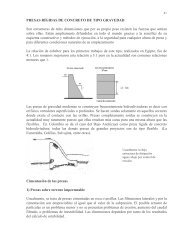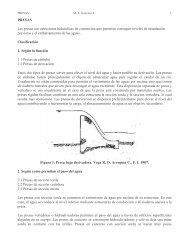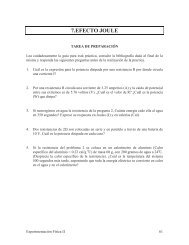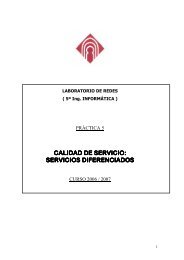Advice for the Project Management Professional (PMP)
Advice for the Project Management Professional (PMP)
Advice for the Project Management Professional (PMP)
You also want an ePaper? Increase the reach of your titles
YUMPU automatically turns print PDFs into web optimized ePapers that Google loves.
Licensed to:<br />
414<br />
Appendix B<br />
11. Suppose you have a project with four tasks as follows:<br />
● Task 1 can start immediately and has an estimated duration of 1.<br />
● Task 2 can start after Task 1 is completed and has an estimated duration<br />
of 4.<br />
● Task 3 can start after Task 2 is completed and has an estimated duration<br />
of 5.<br />
● Task 4 can start after Task 1 is completed and must be completed when<br />
Task 3 is completed. Its estimated duration is 8.<br />
What is <strong>the</strong> length of <strong>the</strong> critical path <strong>for</strong> this project?<br />
a. 9<br />
b. 10<br />
c. 11<br />
d. 12<br />
12. In which of <strong>the</strong> following project management process groups are <strong>the</strong> most time<br />
and money typically spent?<br />
a. initiating<br />
b. planning<br />
c. executing<br />
d. controlling<br />
13. Creating a probability/impact matrix is part of which risk management<br />
process?<br />
a. risk management planning<br />
b. risk identification<br />
c. qualitative risk analysis<br />
d. quantitative risk analysis<br />
14. It is crucial that your project team finish your project on time. Your team is<br />
using a technique to account <strong>for</strong> limited resources. You have also added a<br />
project buffer be<strong>for</strong>e <strong>the</strong> end date and feeding buffers be<strong>for</strong>e each critical task.<br />
What technique are you using?<br />
a. critical path analysis<br />
b. PERT<br />
c. critical chain scheduling<br />
d. earned value management<br />
15. One of your senior technical specialists in<strong>for</strong>ms you that a major design flaw exists<br />
in a systems development project you are managing. You are already testing <strong>the</strong><br />
system and planned to roll it out to more than 5,000 users in a month. You know<br />
that changing <strong>the</strong> design now will cause several cost and schedule overruns. As<br />
project manager, what should you do first?<br />
a. Issue a stop work order until you understand <strong>the</strong> extent of <strong>the</strong> flaw.<br />
b. Notify your project sponsor immediately to see if <strong>the</strong>re are additional funds<br />
available to work on this problem.<br />
c. Notify your senior management and let <strong>the</strong>m decide what to do.<br />
d. Hold a meeting as soon as possible with key members of your project team<br />
to discuss possible solutions to <strong>the</strong> problem.<br />
Copyright 2009 Cengage Learning. All Rights Reserved.<br />
May not be copied, scanned, or duplicated, in whole or in part.

















